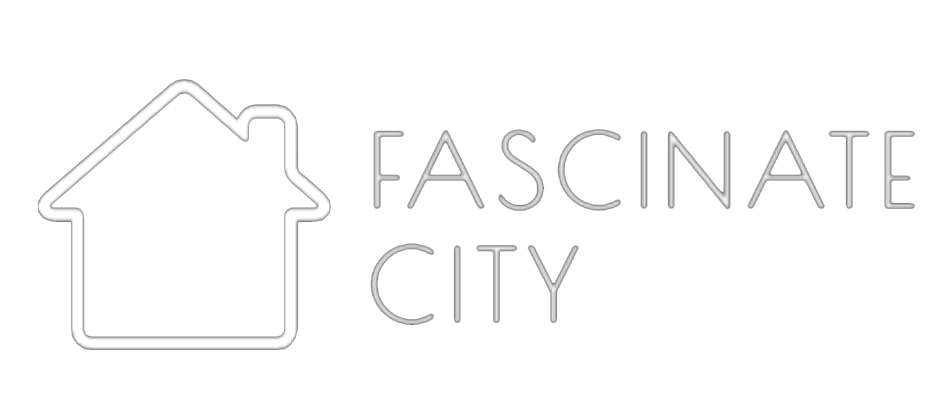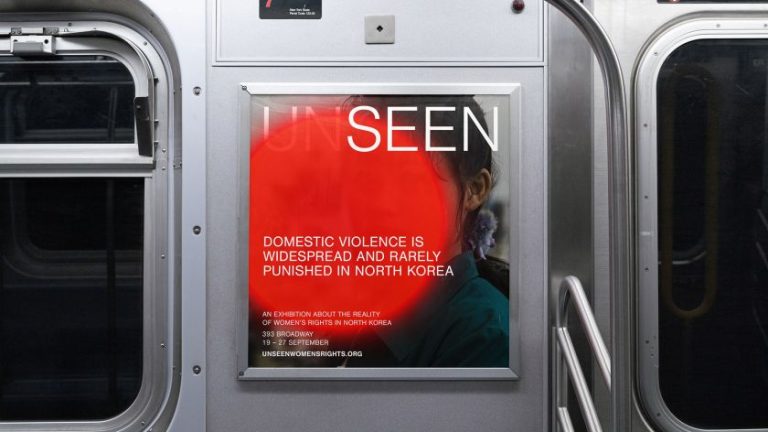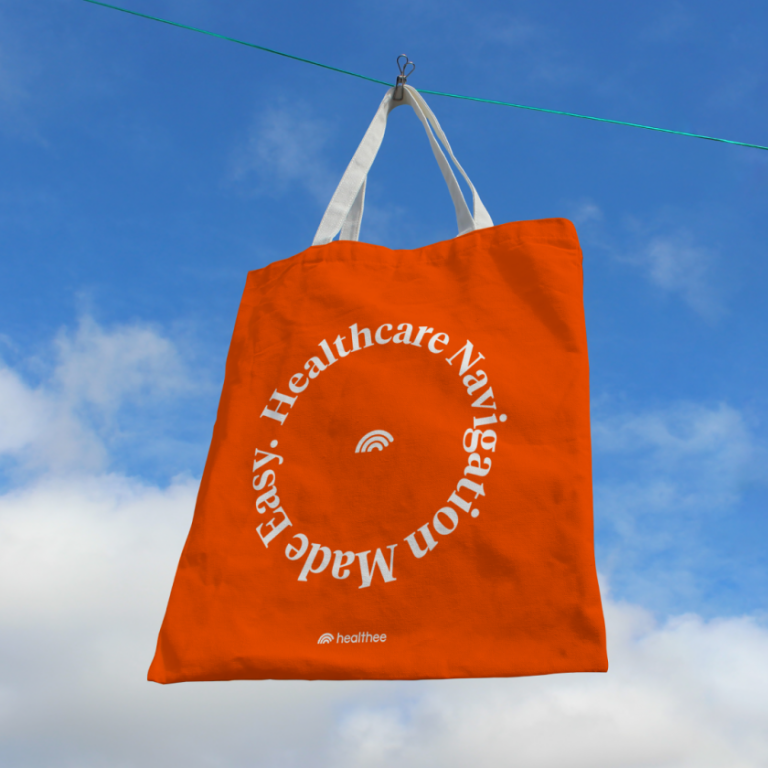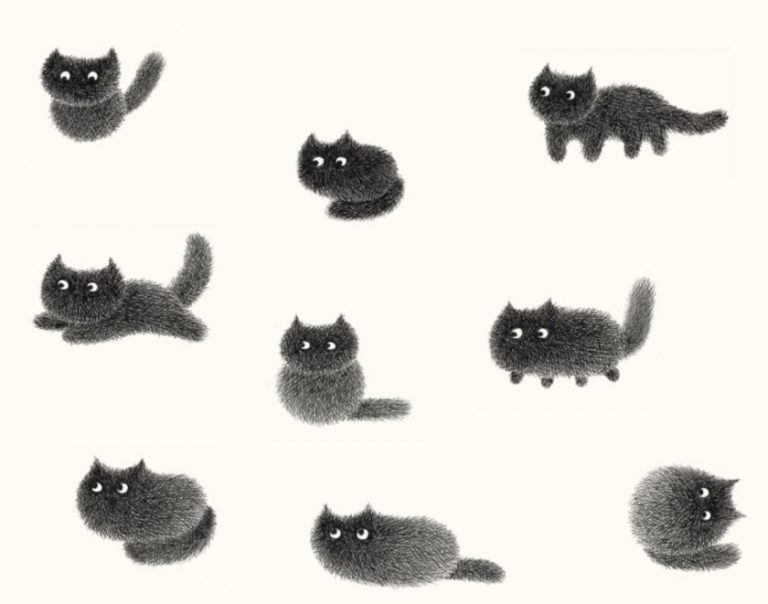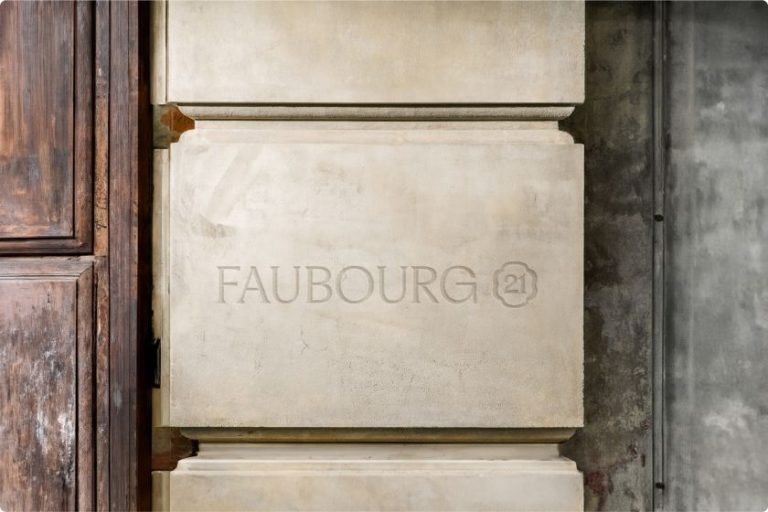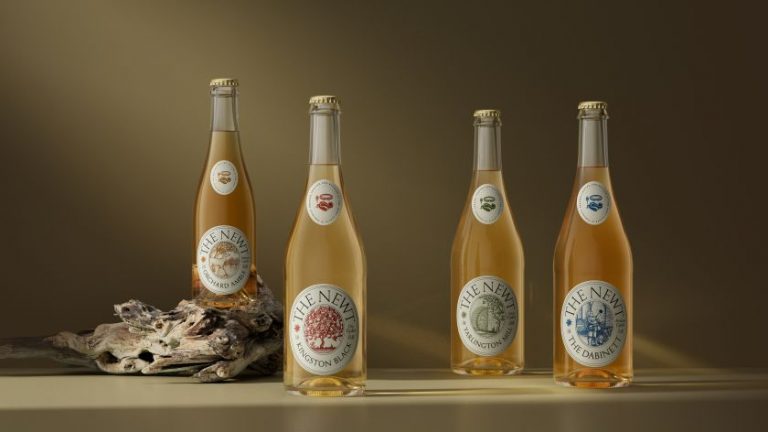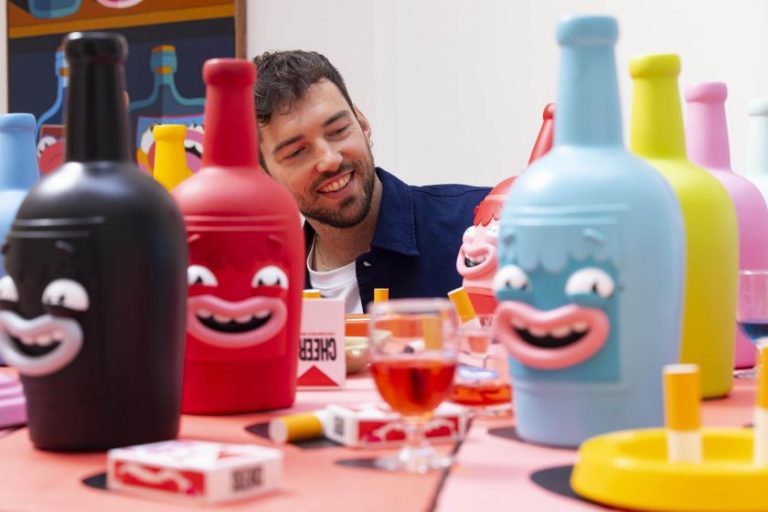Dollywood – Joseph Hendrickson / stock.adobe.com
When it comes to brand clarity, Dolly Parton might just be the wisest strategist of them all. In this guest piece, Jamie Williams, managing partner at isobel, explores why the smartest brands – like Dolly – know exactly who they are, say it loud, and do it on purpose.
Dolly Parton gives pretty smart advice. For people, and for brands. Because if you want long-term success, not just short-term spikes, brands need to start with a crystal-clear sense of self and project from a solid brand foundation.
The smartest marketers know this, of course. You can’t build lasting growth on shaky foundations, or paper over an outdated brand story with inauthentic or reactionary one-offs.
After all, brands are just like people. Some are authentic, confident and likeable. Some are not. They grow. They change. Some lose their way. And when they do, they need a reset.
A successful brand reset is exactly what Dolly preaches – finding absolute brand clarity, and then telling the world in ways that get noticed. Because in a world that’s more distracted than ever, having a solid brand story, inside and out, is critical.
Because of all a business’s assets, the brand has the most long-term value. As Jim Mullen said, “Factories burn down. Machinery wears out. Technology becomes obsolete. Brand loyalty is the only sound foundation on which to build.”
But committing the time and energy to reset a brand properly isn’t easy. It takes vision, creativity, tenacity and teamwork. And today, most marketing directors are putting out fires everywhere whilst trying to keep the day-to-day show on the road.
It means brands too often don’t get the love and attention they deserve. Too many marketing campaigns today are built on trends and tactics, not on truth and a solid brand foundation.
But as some have proved, when you get it right, a brand reset can deliver disproportionate rewards.
And it doesn’t always mean starting from scratch. For many, it’s about rediscovery.
In the early 2000s, LEGO, once an unstoppable force in the toy industry, was on the verge of collapse. After a scattergun of quick-fix attempts, hoping something would stick, LEGO made the crucial decision to refocus on its brand, its roots, and why people actually loved LEGO in the first place.
The original magic of the brand was built on creative play and imagination. With this clarity and brand truth back in place, off-brand product extensions were easily ditched, and non-aligning trends were ignored. LEGO clearly understood that their brand wasn’t the products that they sold, it was what they stood for.
LEGO went back to doing what it does best, focusing on simpler product sets, open-ended creativity, and storytelling. And from this solid brand platform, new growth opportunities naturally emerged, and a new brand ecosystem was born, across movies, games and partnerships. It led to a brand reset that has seen a remarkable financial turnaround for the LEGO business.
For other brands, a successful reset requires deliberate evolution.
For years, Oatly was a quiet milk alternative, designed for lactose intolerance. But then the brand pivoted in line with cultural trends. Crucially, Oatly picked an enemy – the dairy industry. Having something to kick against sharpened everything, giving the brand energy, attitude, and purpose: a new look and a new, irreverent brand voice.
The product didn’t change, but the brand did. With new clarity, conviction, and cultural momentum, Oatly grew exponentially, eventually being valued at $10 billion when listed on the Nasdaq in 2021.
A niche Swedish health drink turned into a global powerhouse through strong brand thinking.
Sometimes, though, a brand does need more than rediscovery or evolution. Sometimes it needs full-blown reinvention.
Perhaps the most famous adland reset is Old Spice. A tired, ageing men’s grooming brand that completely reinvented itself through humour, wit and modernity, attracting a whole new generation of fans.
Personal brands can also teach us plenty about the power of a reset. Miley Cyrus transformed from Disney’s Hannah Montana into a rock’ n’ roll icon. David Beckham went from red-carded villain to British royalty. Both brand transformations were made with absolute clarity, confidence, and enormous success.
Which brings us back to Dolly Parton. The Queen of Country Music.
Country has been through its own brand reset in recent years. For decades, outside of Nashville, Country and Western (as it was once known) was deeply uncool. Many music listeners had an “anything but country” attitude.
But the genre has evolved and is now enjoying a considerable resurgence. Modern stars like Chris Stapleton and Luke Combs have transformed its image while staying true to its origins and soul. Whilst artists like Taylor Swift and Beyoncé have helped blend Country’s roots with other genres and influences, broadening its appeal.
That’s the true power of a brand reset. Finding the truth. Sharpening it. And bringing it to life with creativity and originality. Or as Dolly said, finding out who you are. And doing it on purpose.
